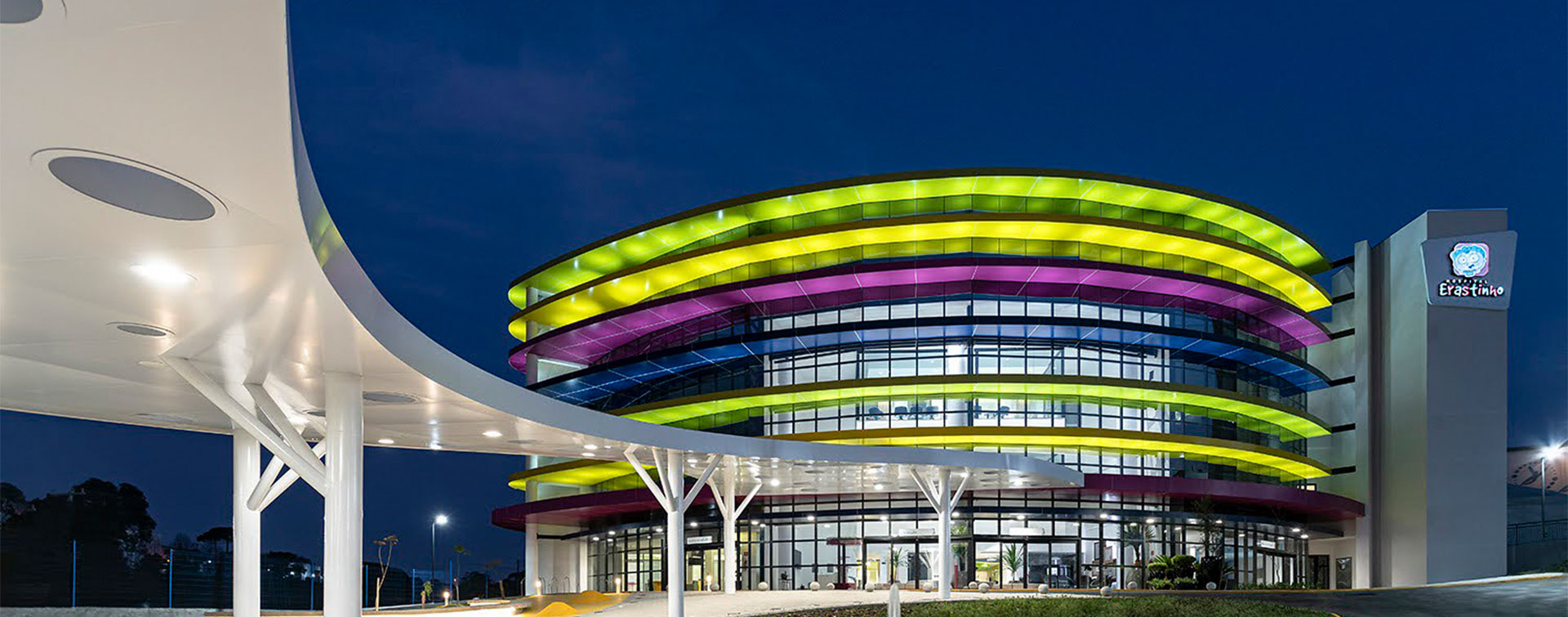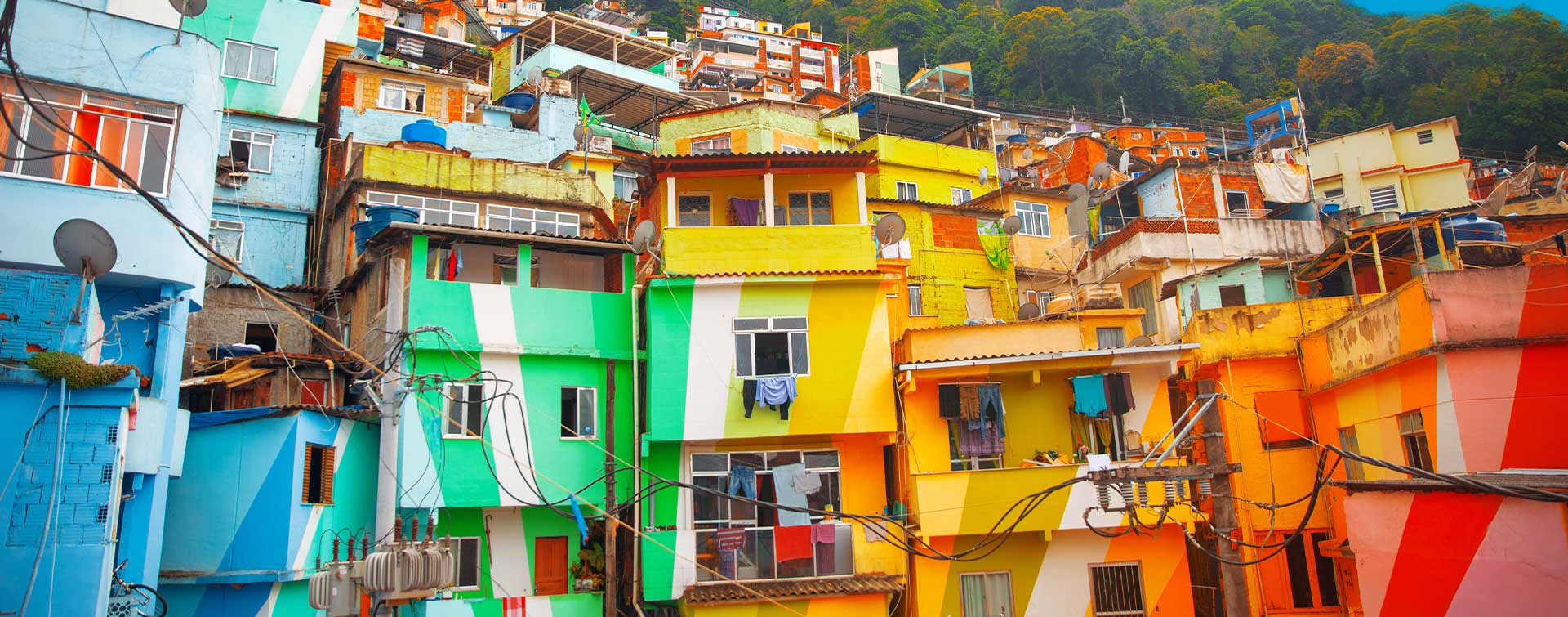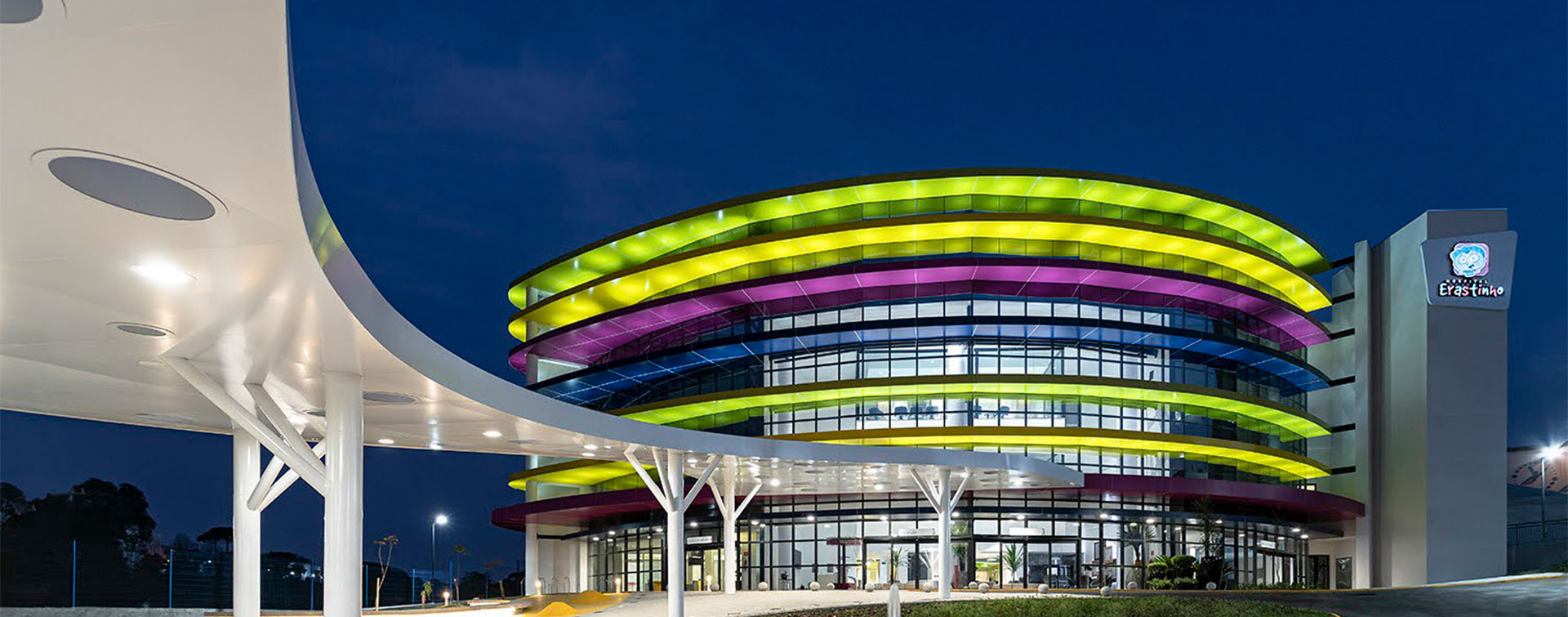 4 min
4 min
A growing risk, with insufficient cover
In 2024, natural disasters resulted in economic losses of $368 billion, mainly due to cyclones, severe thunderstorms and floods. But only 40% of these losses were covered by insurance. This lack of cover underlines the urgent need to develop projects that are more resilient and better adapted to the climate – the only way to limit financial and human risks.
By 2050, an additional 2.2 billion people will be living in cities, mainly in Africa, Asia and the Middle East. The infrastructure needs (roads, bridges, networks, etc.) are huge : 94,000 billion dollars in investments to be found between 2017 and 2040 (Source: Global Infrastructure Hub).
Insurance as a driving force for resilience
Investors – whether real estate, infrastructure or institutional funds – are now including climate resilience in their risk management. For them, reinforcing the physical protection of an asset also means protecting its long-term value.
The most cost-efficient time to take action remains at the construction phase: studies show that a dollar invested in resilience can generate between $4 and $16 in benefits. These gains translate into fewer casualties, less damage to property, less interruption to business and lower insurance costs.

New Zealand: a life-size laboratory
Between September 2010 and the end of 2011, four major earthquakes and over 11,200 aftershocks, collectively known as the Canterbury (New Zealand) Earthquake Sequence, shook the region to its core, killing 185 people, injuring several thousand and causing widespread damage. This terrible episode revealed the major role of insurers in resilience, as it became the biggest insured loss in New Zealand’s history and highlighted the vulnerability of so-called “linear” infrastructure (roads, water networks, river management systems) to natural disasters. Following these earthquakes, local authorities had no choice but to re-examine their approach to natural disaster risk management.
Investing differently: the risk transfer approach Risk transfer is a management technique whereby a third party assumes the financial consequences of a risk. In this model, insurance becomes a strategic lever: it doesn’t just provide compensation after the fact, it encourages stakeholders to design for resilience from the outset.

An innovative approach has thus been developed: experts from Aon used disaster modeling and engineering knowledge to better understand the vulnerability of infrastructure to natural disasters.
This approach has made it possible to identify ways of protecting previously uninsurable assets to make them more resilient, alongside risk transfer solutions to manage risks that can be neither controlled nor retained.
The result, despite a tougher (re)insurance market, is that 85% of local authorities have taken part since 2012. This program has resulted in:
- a better understanding of the risks by gathering data
- greater resilience through planning
- long-term access to affordable insurance capital

This Spotlight was produced in editorial partnership with experts from Aon, a leading global professional services firm.









